Greenwich, in the Sun
It finally stopped raining.
In the UK the winter rains are relentless, cold and dreary. The desire to camp out at home is very, very real, especially when the evening has fully arrived by 4pm.
When the clouds part for a brief moment, the world spills outside. Kids bring out their newly acquired Christmas scooters. Restaurants bravely set up outdoor seating with the hopes that the sun will inspire an afternoon of relaxed drinking, more akin to June. Sunglasses, which have been misplaced for months, are uncovered.
Expecting another rainy Sunday, we were fully prepared for an afternoon of making tomato sauce, reading and tinkering around on the website. But then, the sun. A new plan was hatched and we were out the door, heading across town to Greenwich where we had hopes to see the prime meridian and get some Vitamin D.
Not necessarily in that order.
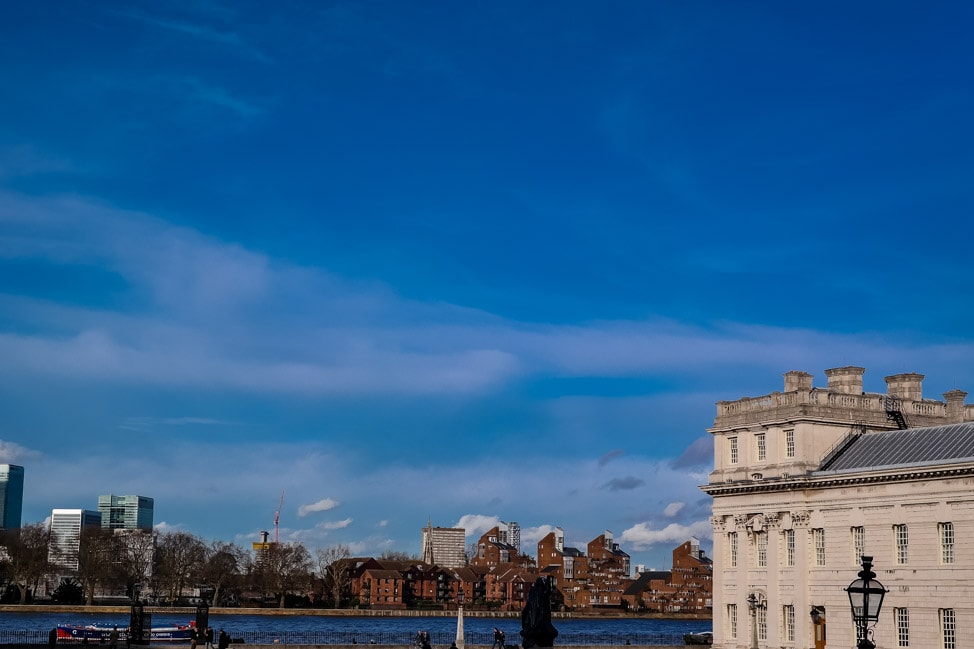
Once arrived after an exciting tube ride where we rode at the very front of the carriage like a couple of overexcited 5 year olds, we followed the well trod tourist track of the neighborhood. Fortunately, Greenwich has a few well-known attractions that are close together and easy to visit in an afternoon.
First up is Cutty Sark, a British clipper ship that was built to transport tea from China. The ship has a long and storied history, most importantly, that it has survived wars and fires and remains so well-preserved today. Interesting note, the most damage to the ship has been in the past 10 years, when various conservation efforts caused two separate fires. I think there are two lessons we can learn from the Cutty Sark: being the longest surviving anything is cause for celebration, and modern engineers have no clue how to conserve a wooden ship without setting it on fire.
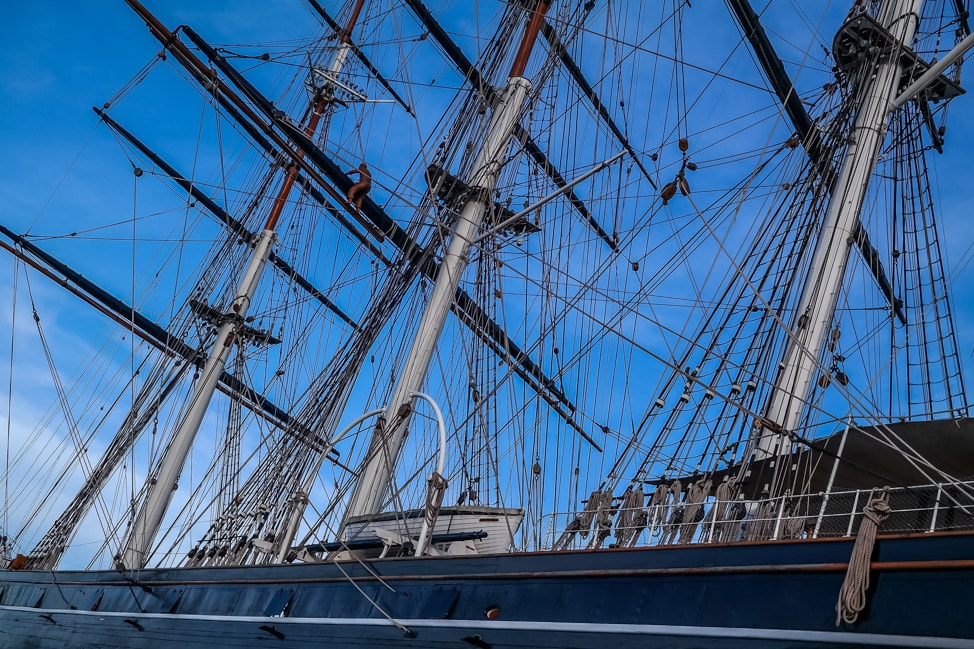
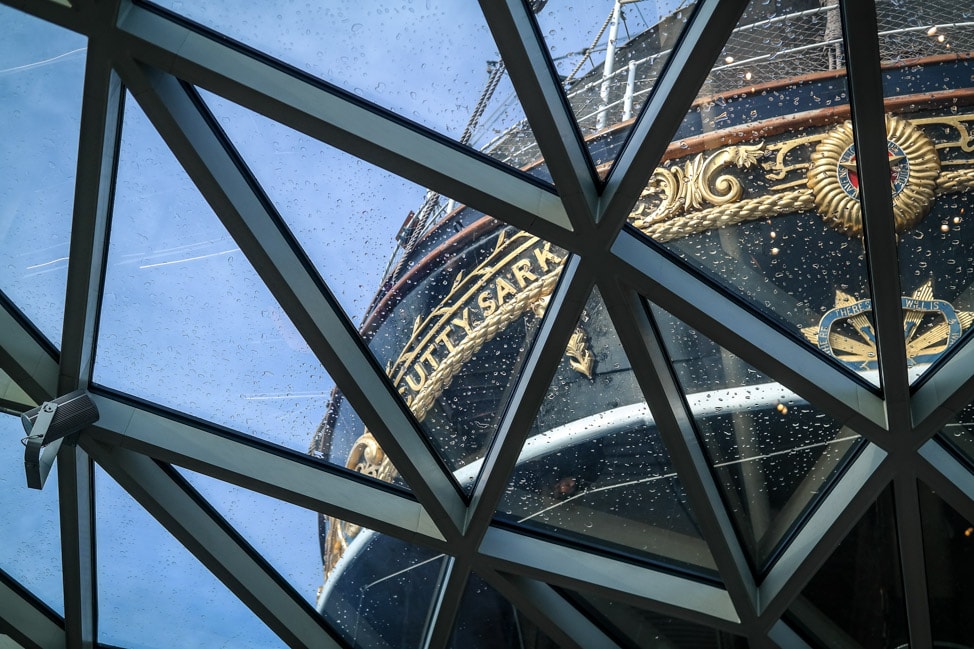
The Old Royal Naval College (http://www.ornc.org/) is a sprawling complex hogging prime Thames real estate with roots that go way back. Originally built as the Royal Hospital for Seamen, it remained as an active hospital for 200 years. After it closed and was refurbished, it reopened as a training school for the Royal Navy, and remained as such for about 100 years. For the past 20 years, the space has been open to the public (managed by the University of Greenwich), and is free for visitors. Subtle it is not, but the elegance and symmetry of the College tick all the boxes you would expect from a refined military school.
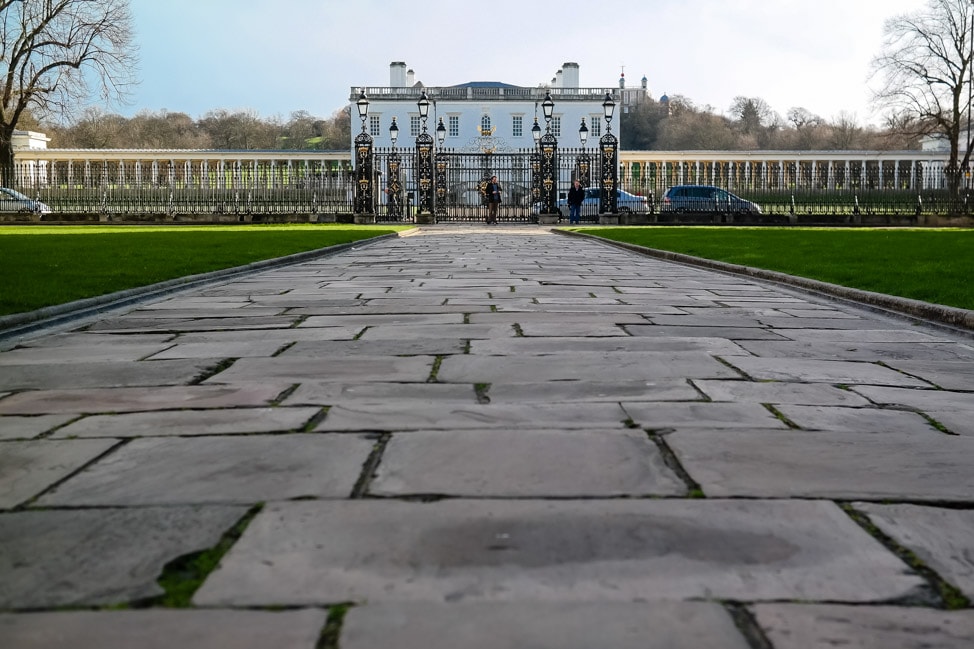
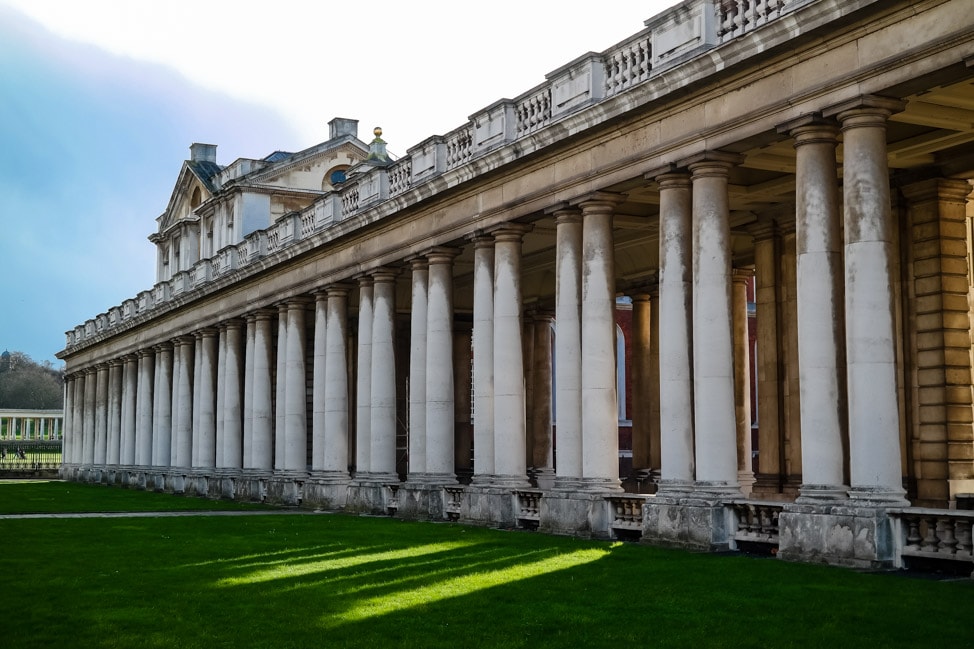
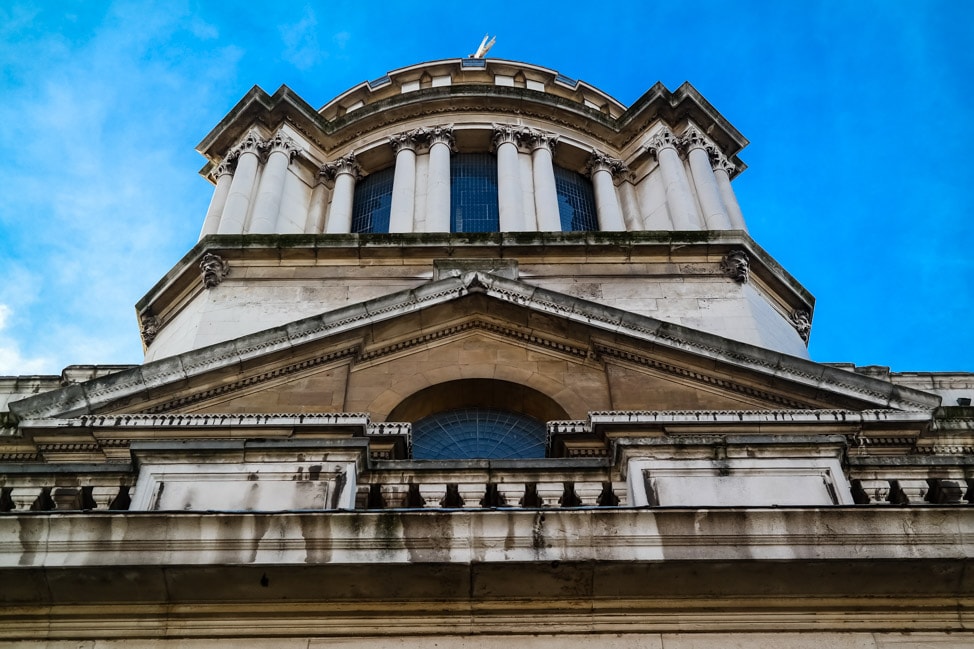
The Painted Hall, in one of the College buildings, once served as a dining room for the retired naval pensioners who lived at the Royal Hospital. It was designed by Sir Christopher Wren (aka the Tay Swift of his time, massive can-do-no-wrong celebrity and widely acknowledged as the most important British architect of all time),and painted by Sir James Thornhill who took 19 years to complete the job. Some call the hall the Sistine Chapel of the UK, but frankly, that seems like a bit of a stretch for a dining room.
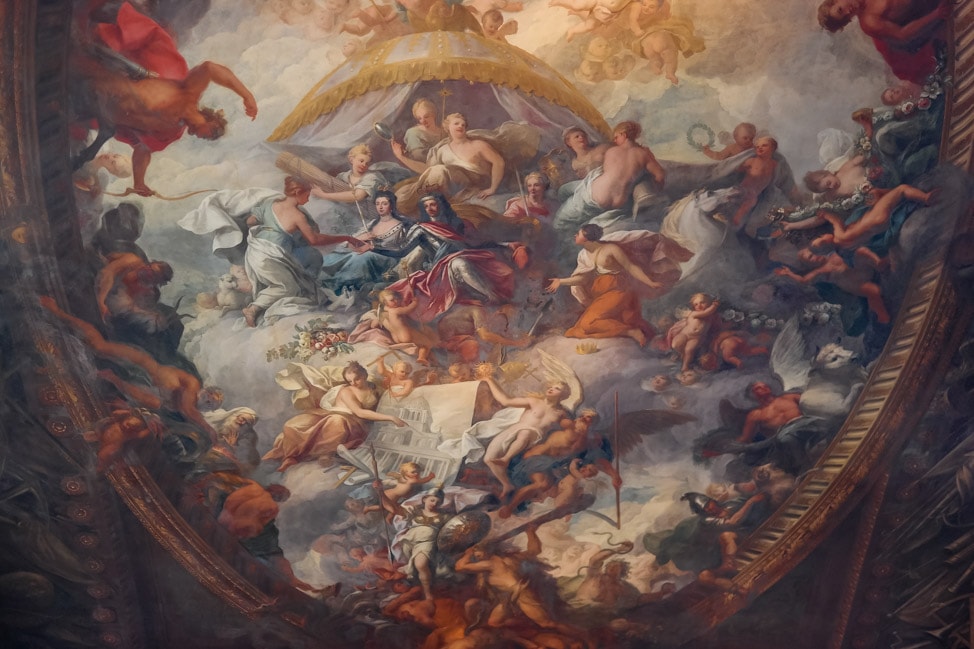
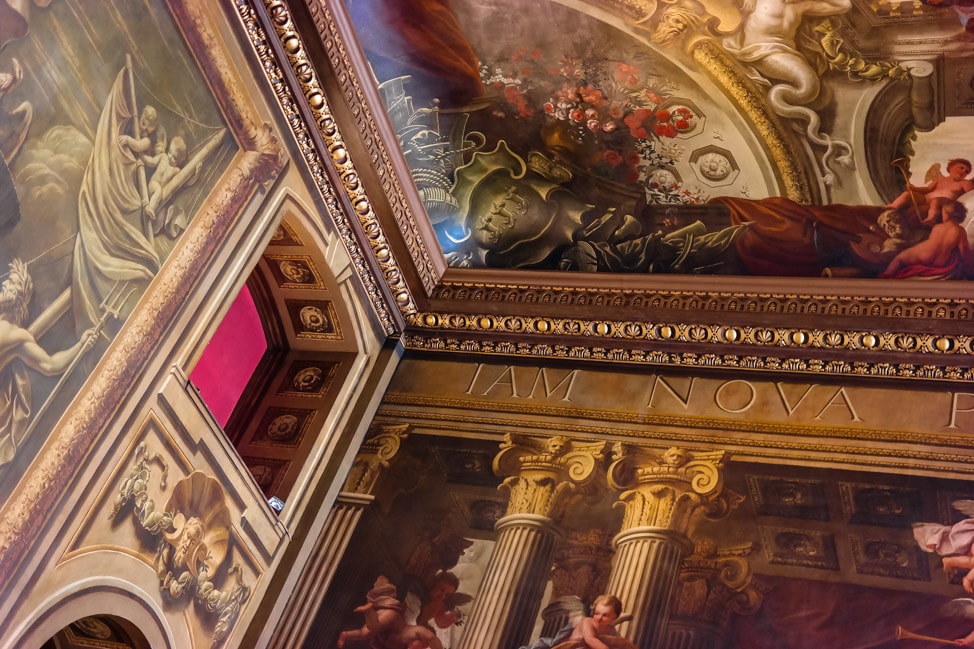
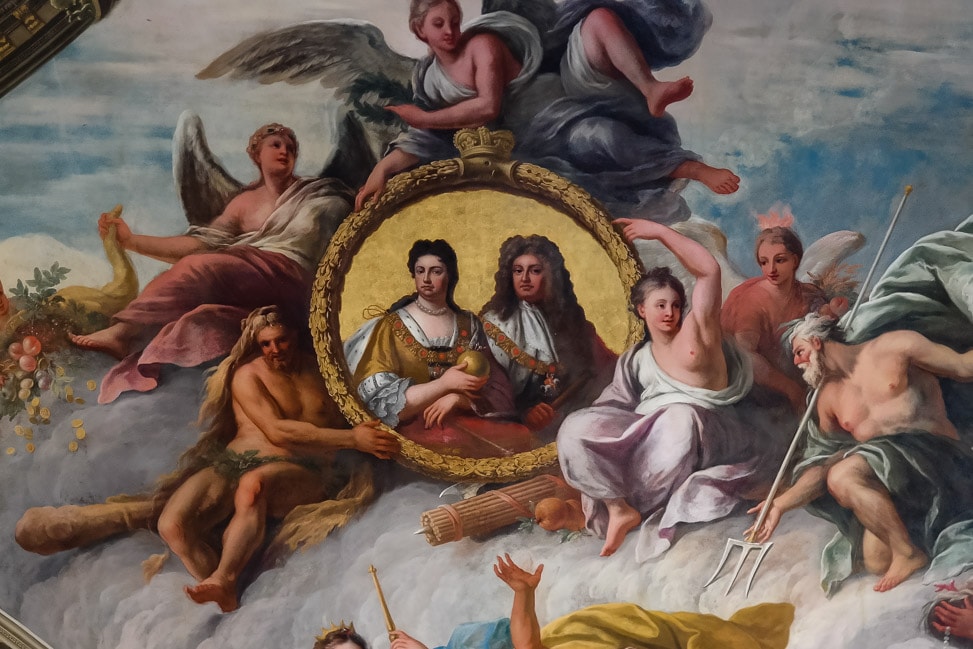
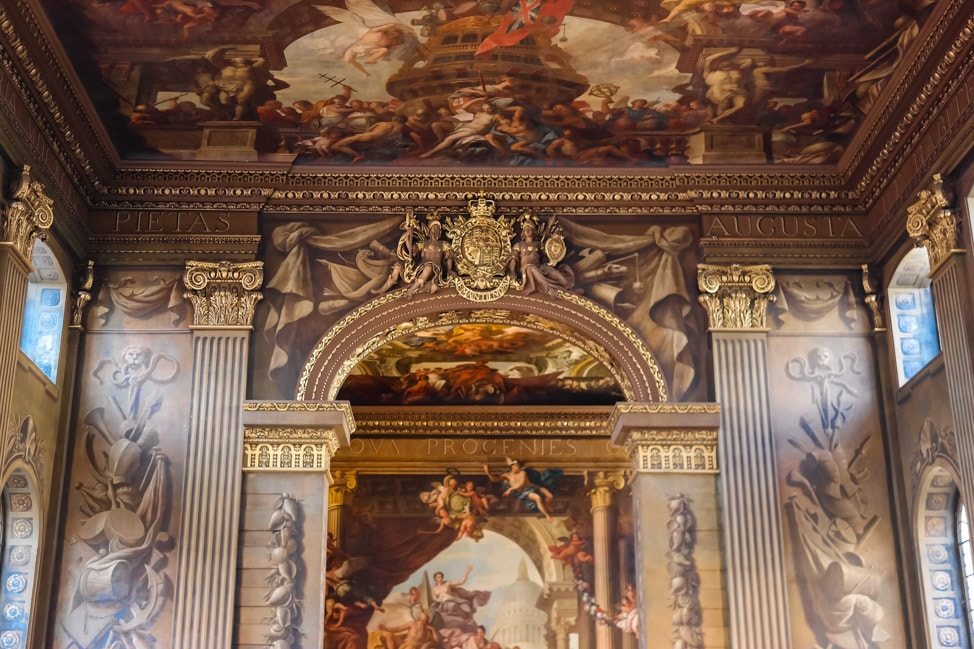
The Maritime Museum (free admission!) is across the street from the College and worth a quick walk through. We were anxious to get up to the Royal Observatory before the sun set, so we didn’t linger too long. Special note for families with little kids – in the museum, upstairs, there is a massive floor map of the world with tons of space for kids to run free and eat indoors. Special designated ‘buggy parking’ is also available.
The highlight of the afternoon was our visit to the Royal Observatory. Neither of us had ever bothered to cough up the steep, nearly £10, entrance fee to gaze, ostensibly, at a bronze line nestled in concrete. But as the diligent researchers we are, we wondered if the entire experience is worth it to visitors, a place worth dropping those expensive pounds sterling.
Any visitor is free to wander in the massive park leading up to the Observatory, as well as the various terraces and look-out spots at the top. From outside, you can actually see the Prime Meridian line (the several meters that are bronzed, at least) but not from a great angle for photos. The paid portion of the Royal Observatory includes a small museum with free guided audio tour. We did learn a lot in the museum, including the fact that the concept of longitudinal navigation was figured out via a very intense competition. For seafarers way back when, it was relatively easy to navigate latitude, using the sun to indicate east and west. But knowing where a ship is positioned north and south was much more complicated. The prize money was eventually given, about £2M in today’s money ($3M or so).
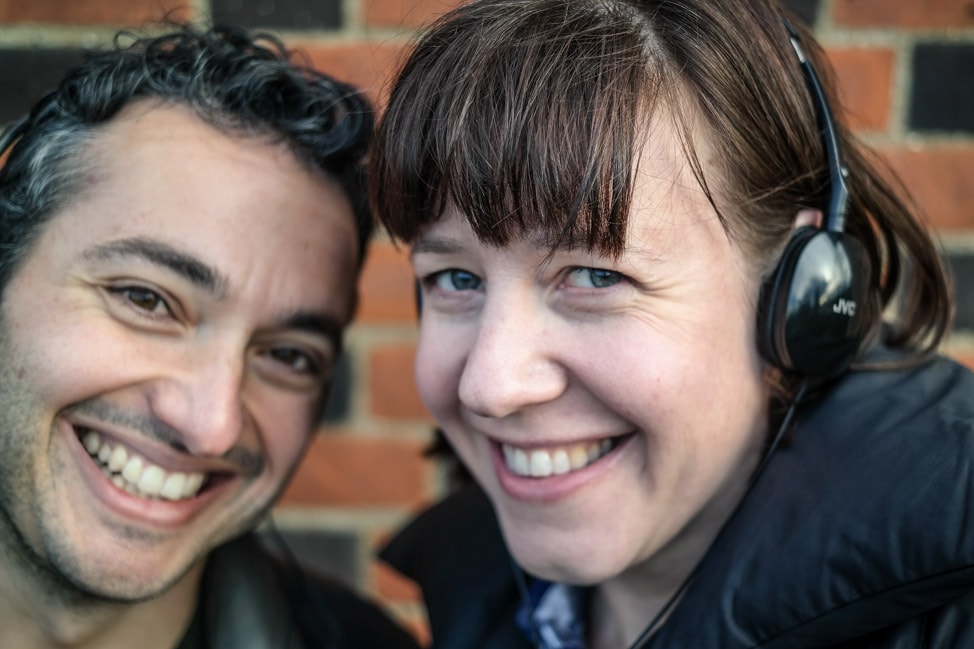
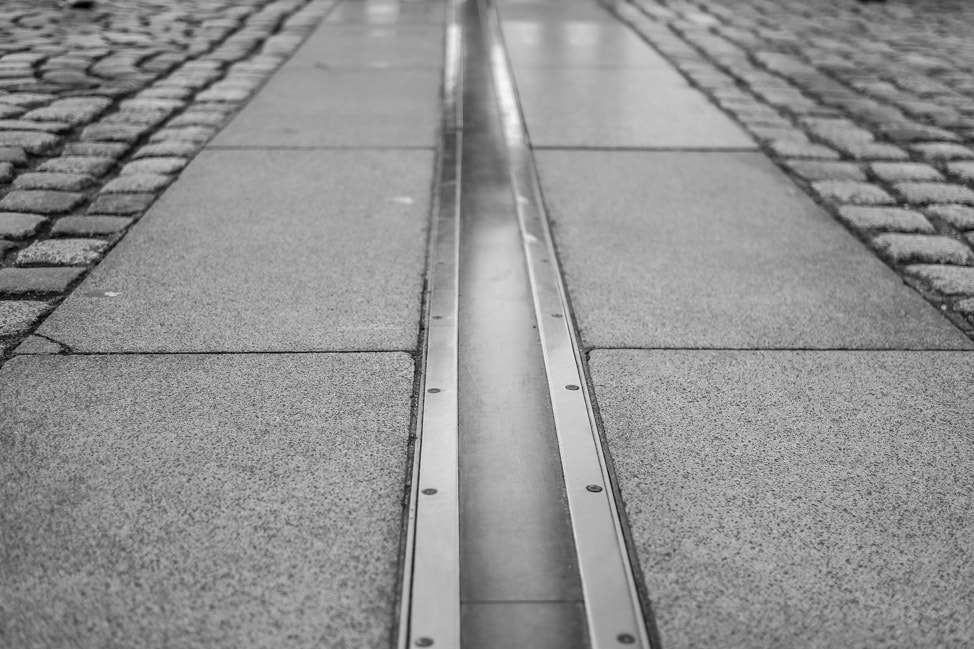

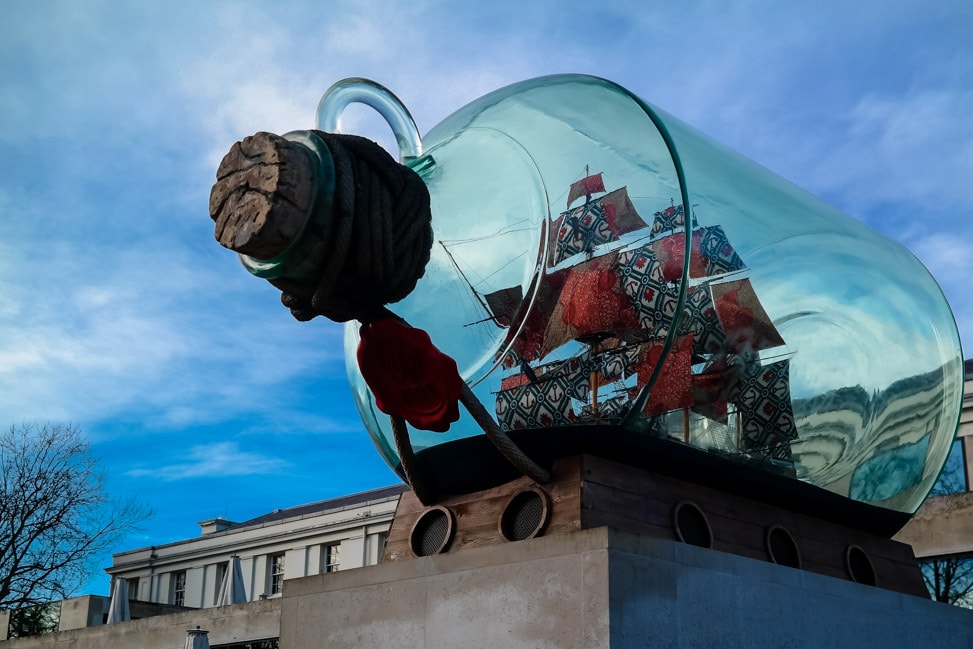










Yes! That’s exactly what I do, I sit and mope about the fact that it’s dark and rainy and chilly during the winter, but then when the sun shines I bask in it and I explore as much as possible! Things look better in the sunshine, don’t they?
Dominique recently posted…Plans for 2016
When the sun emerges, you need to embrace it!